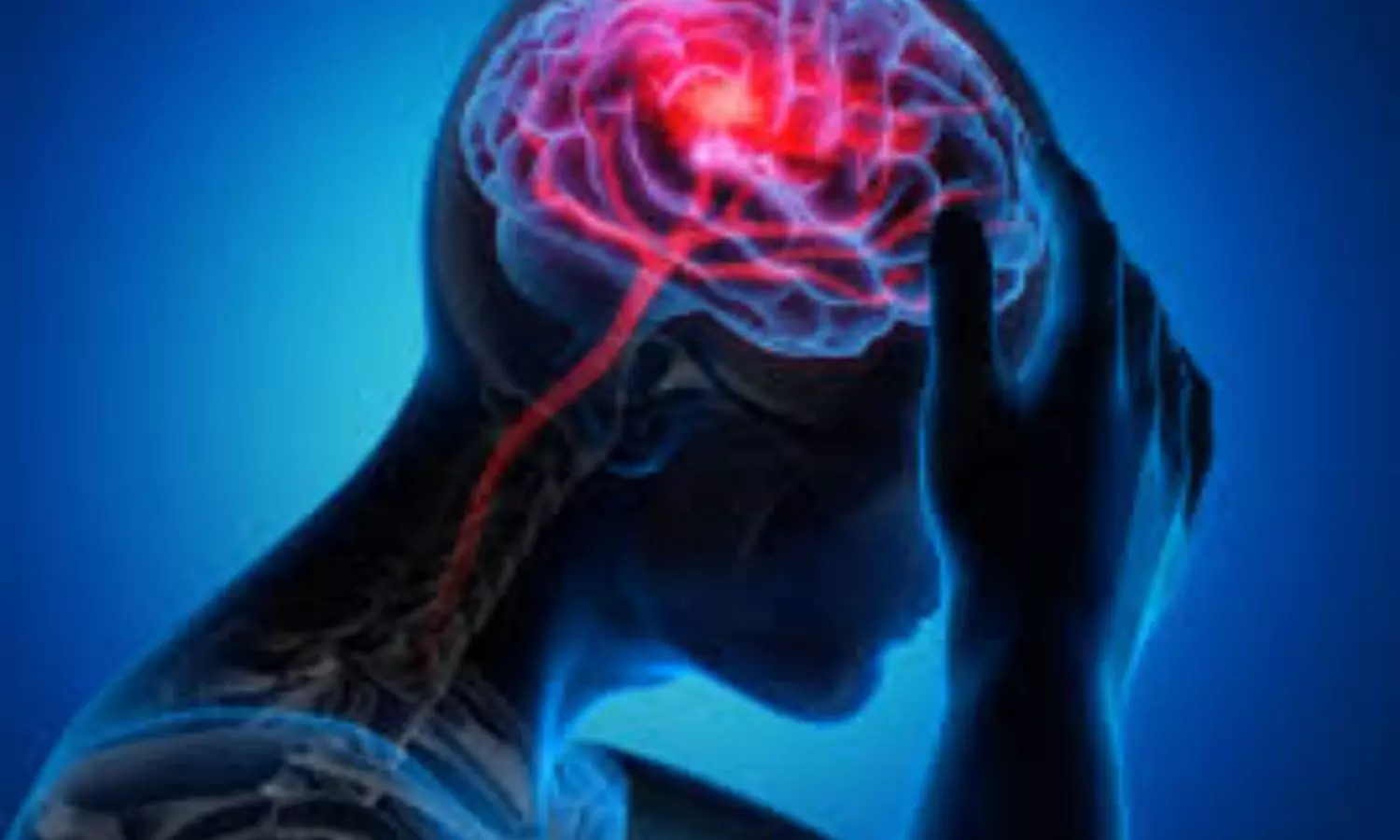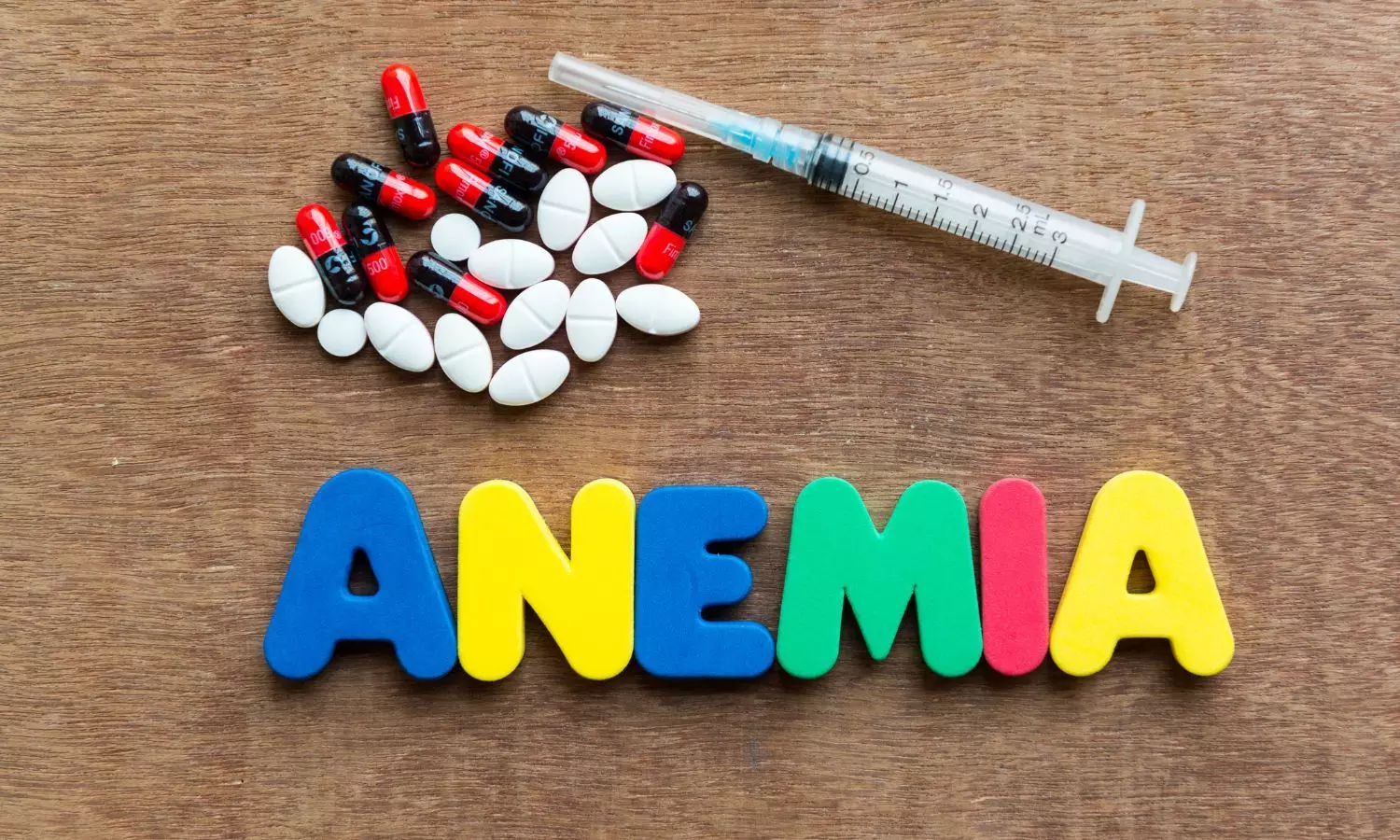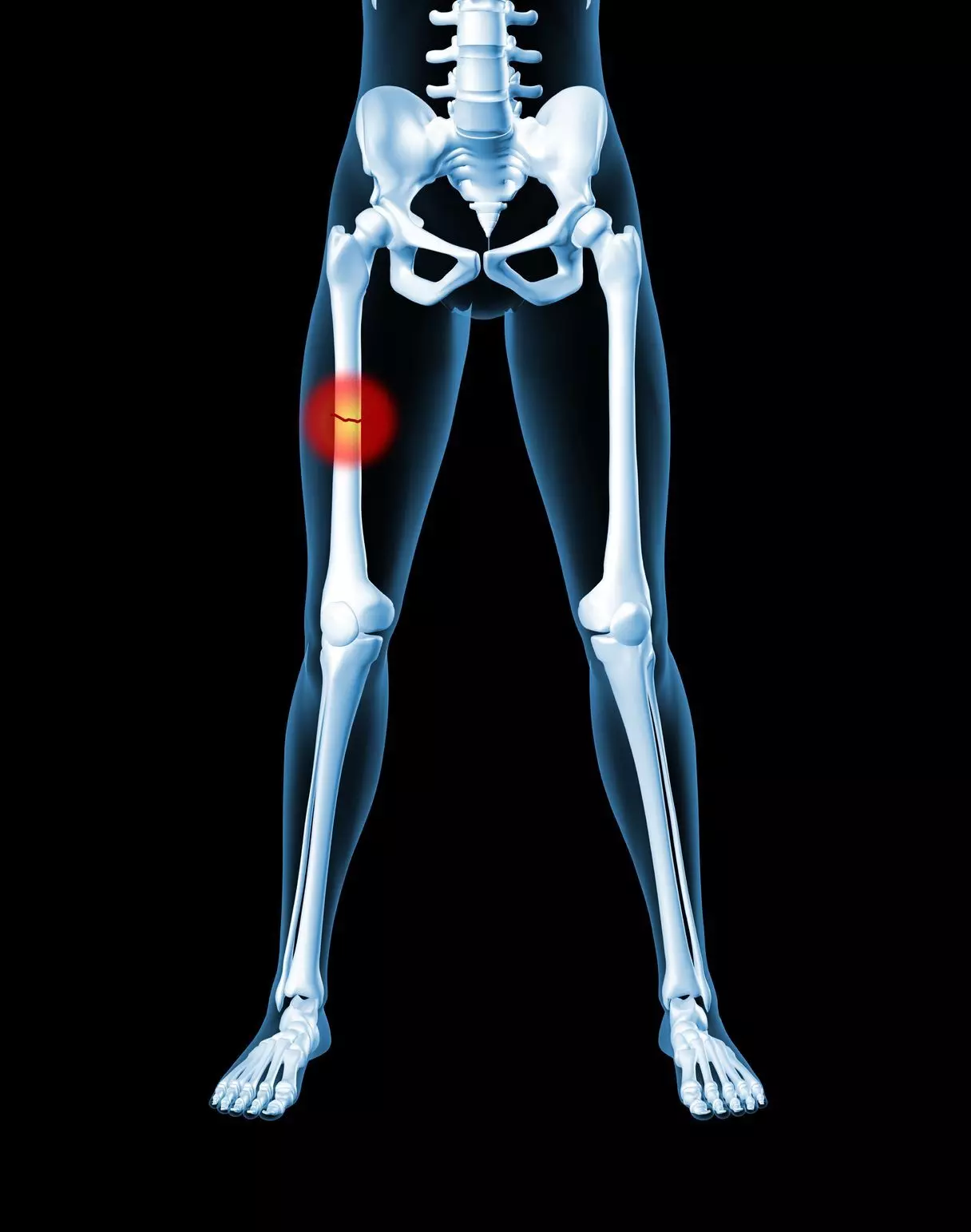
New Delhi: After introducing the Central Residency Scheme in 1992, this is the first time that the Central Government has arranged a review meeting to introduce modifications to the already existing scheme.
One of the modifications that the Government is planning to introduce is to fix the duty hours of resident doctors to 48 hours per week, a long-pending demand raised by the members of the medical fraternity, especially those working as junior and senior resident doctors in the medical colleges.
While the Director General of Health Services, Dr. Atul Goel has informed that no final decisions were made during the meeting, the National President of United Doctors’ Front (UDF), Dr. Lakshya Mittal and Chief Patron of FAIMA Doctors Association informed that the DGHS has agreed to modify the rules to clearly mention the fixed duty hours as 48 hours per week.
Also Read: After 33 years, Centre to review Residency Scheme: Here Are The Key Details
However, Dr. Atul Goel informed The New Indian Express that the Ministry would take a final call on the recommendations. “We held the first meeting today and discussed various issues. We will meet again,” Dr. Goel added.
Medical Dialogues had earlier reported that after the long wait of 33 years, the Directorate General of Health Services (DGHS) under the Ministry of Health and Family Welfare scheduled a high-level meeting to review and update the Central Residency Scheme, 1992.
Accordingly, the review meeting took place on April 22, 2025, at 2.30 pm, as scheduled and it was chaired by the newly appointed Additional Director General of Health Services (DGHS), Dr. Sunita Sharma. Directors of all major Delhi-based government hospitals, members of the Indian Medical Association (IMA), and representatives from leading resident doctors’ associations including the Federation of All India Medical Association (FAIMA), Federation of Resident Doctors Association (FORDA), Indian Medical Association Junior Doctors’ Network (IMA-JDN) and the United Doctors’ Front (UDF) also attended the meeting.
This review meeting was scheduled amid continuous demands to the Government authorities to clarify fixed duty hours for the resident doctors. The Medical Profession, especially the period of residency, is extra demanding due to the commitment required from the doctors to stay full-time present in the hospital throughout the day.
Doctors undergoing Junior Residency during the period of Postgraduate medical education complain of long work hours, low pay, almost inhuman working conditions, lack of basic necessities, and even lack of a clear structure of what is expected.
They complain that despite the efforts to address the long working hours, the police remained on pen-and-paper only. Taking cognisance of the issue, the Supreme Court, back in the 1990s, had directed for the formation of a Uniform Central Residency Scheme that would set up a defining base for all functioning of resident doctors in the country. Taking note of the same, the government formed a scheme in the year 1992. Even though the scheme addressed several issues and suggested 48-hour per week duty roster for the junior residents, allegedly, these rules remained on paper only and resident doctors were made to work for at least 70-80 hours a week. In case of a high workload, the duty hours can further be extended. The situation is worse for clinical branches, where certain weeks the work hours can even reach 100 hours.
Recently, addressing the issue, the United Doctors Front (UDF) submitted a letter to the Prime Minister, requesting for proper implementation of the Directives of the Ministry of Health and Family Welfare (MoHFW) dated 05 June 1992 for fixed duty hours of resident doctors in medical colleges/Institutions. They demanded strict enforcement of fixed duty hours for resident doctors by introducing a “Uniform Residency Scheme”.
Amid this, the review meeting was held on Tuesday. UDF National President Dr. Mittal, who was present during the meeting, informed in a press release that “We are pleased to announce that DGHS has positively responded to our demands and has agreed to clearly mention the fixed duty hours — 48 hours per week — instead of the vague term “reasonable duty hours”. This is a major step toward ensuring uniform working hours across all government and private medical colleges.”
“We also raised other key points, including the need to display the 1992 duty hour directives at all medical colleges, and the provision of at least five days of family/vacation leave annually for resident doctors — apart from the existing leave structure. Both suggestions were well received.” the release further mentioned.
Dr. Mittal further mentioned that DGHS has approved the revision of allowances, such as book, thesis and resident-related allowances, which were outdated since their 1992 fixation. UDF also proposed quarterly or six-monthly audits to monitor compliance, and while DGHS has not yet confirmed punishable clauses or enforcement mechanisms.
“If these reforms are implemented strictly and without delay, it will truly be a historic shift for the welfare of resident doctors across the country,” said Dr. Mittal. He also informed Medical Dialogues that UDF is also taking the matter to the Supreme Court for the strict implementation of the 1992 directives and accountability.
Meanwhile, the Federation of All India Medical Association (FAIMA) mentioned in its release that during the meeting, several issues, from duty hours of resident doctors to thesis grants to health benefits for resident doctors were discussed. FAIMA further mentioned in the release that many of the suggestions submitted by the association, including 48-hour per week duty hours, thesis grant for residents, salary of Assistant Professors etc, were taken up by the DGHS and officials.
The association has suggested that the duty hours for resident doctors should not be more than 48 hours a week with at least one day off every week on rotation basis. It also suggested increasing the thesis grant and announced in the release that the DGHS had agreed to increase the thesis grant of Rs 10,000 for every resident. “Best part is that it will be given to *All* the residents unanimously, so the residents will not have to follow a long procedure of applying for the grant,” the release mentioned.
Further, pointing out how currently, the salary of Assistant Professors is less than that of Senior Residents, the association mentioned that now the salary of Assistant professors will be increased to more than that of SR3. Regarding the issue of book grants for all postgraduates, the association informed that the authorities have promised to increase it by 15 thousand for the entire duration, a one-time purchase. FAIMA also suggested granting CGHS Health scheme benefits to all JRs and SRs.
Regarding the issue of provision of adequate hostel facilities for residents, the release mentioned, “At Present Hostel Facilities at Central Government Hospitals are not upto the requirements, with Hospitals like Safdarjung which has 1800 Residents and accommodation for only 700 residents makes it difficult for the residents to work in a safe and sound accommodation. D.G.H.S. Has ensured that no other building projects will be sanctioned at Safdarjung unless the Hostel upto the requirements is met.”
Commenting on the matter, Dr. Rohan Krishnan, the Chief Patron of the FAIMA, who was also present during the meeting, told Medical Dialogues, “We appreciate the government’s efforts to bring changes in the residency scheme. During the RG Kar strike, one of the demands of the FAIMA Doctors Association was that the central residency scheme, which was established in 1992, must be revised and the National task force constituted by the Supreme Court also recommended that the residency scheme should be revised. This was one of the first meeting which took place under the chairmanship of DGHS in the presence of the Directors of all the hospitals of GOI and the additional DGHS and other officials involved in framing in central residency scheme.”
“I was there, representing FAIMA as the Chief Patron and many other organisations such as FORDA, AIIMS RDA etc. attended the meeting. I think this is a very welcoming move. We hope that the new residency scheme will be much more doctor friendly catering to the basic needs of the doctors,” he added.
Meanwhile, the IMA JDN and FORDA have officially submitted their recommendations to the Union Health Minister Shri J.P Nadda on various issues after the extensive nationwide consultations with postgraduate resident doctors. A delegation from IMA JDN comprising Dr. Karan Juneja, Dr. Meet Ghonia, and Dr. Dhruv Chauhan actively participated in the meeting, presenting key insights and reiterating the need for systemic reforms to protect the academic, mental, and professional well-being of resident doctors across India.
Their recommendations revolved around regulated duty hours, elimination of clerical workload, a uniform stipend policy, mental health support systems, safety measures, and transparent academic structures. Other recommendations were given on fair leave policies, quality hostel accommodations, centralised grievance redressal, recruitment reforms, government-funded research scholarships in line with the National Education Policy, etc.
FORDA also submitted its recommendations on various issues, including duty hours, maternity leave benefits, CGHS benefits for resident doctors, Uniform bond policy, PG seat leaving penalty, leave policies, accommodations etc.
Also Read: Doctors demand fixed duty hours, urge PM Modi to end 36-hour shifts











